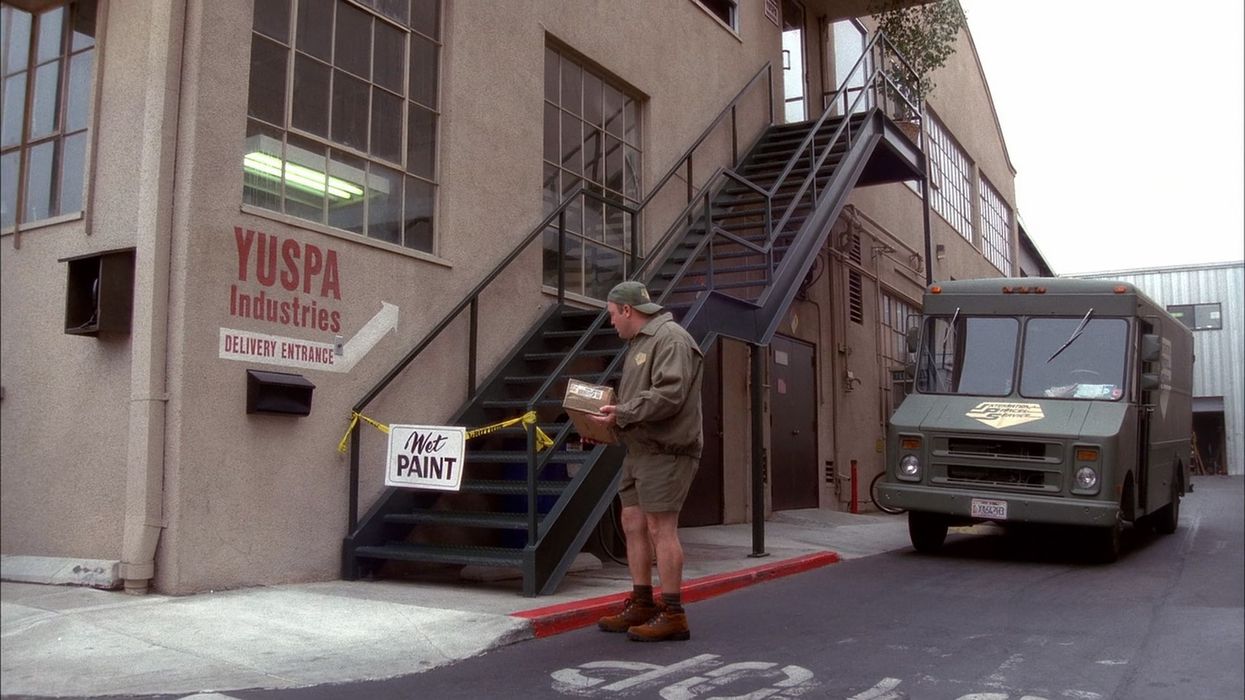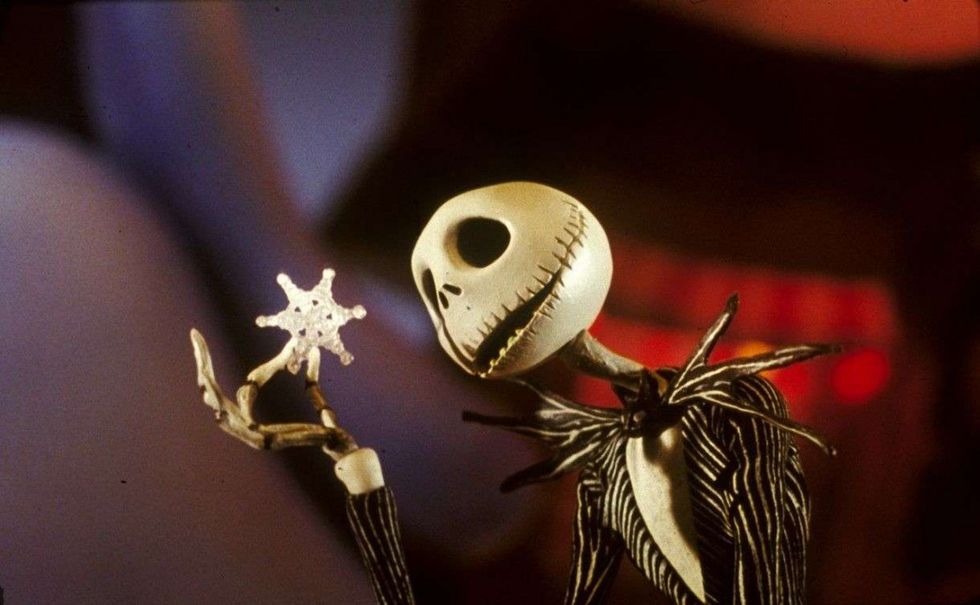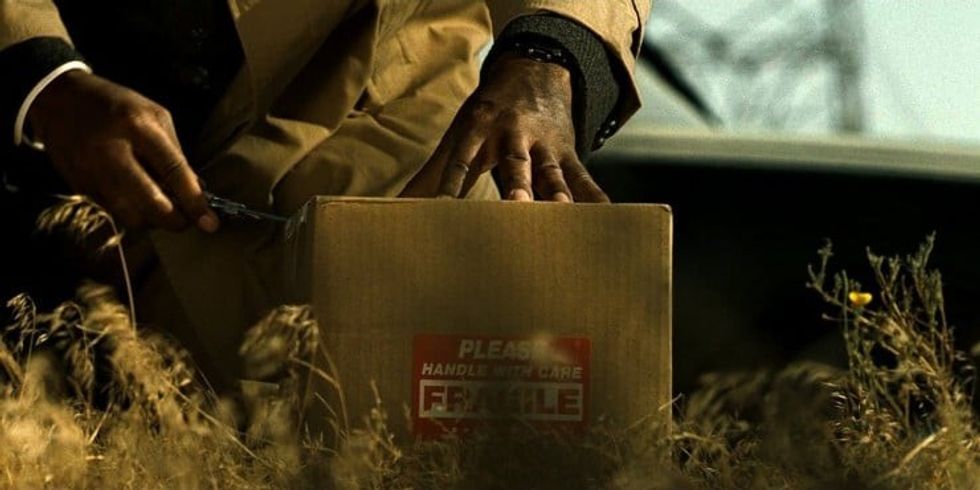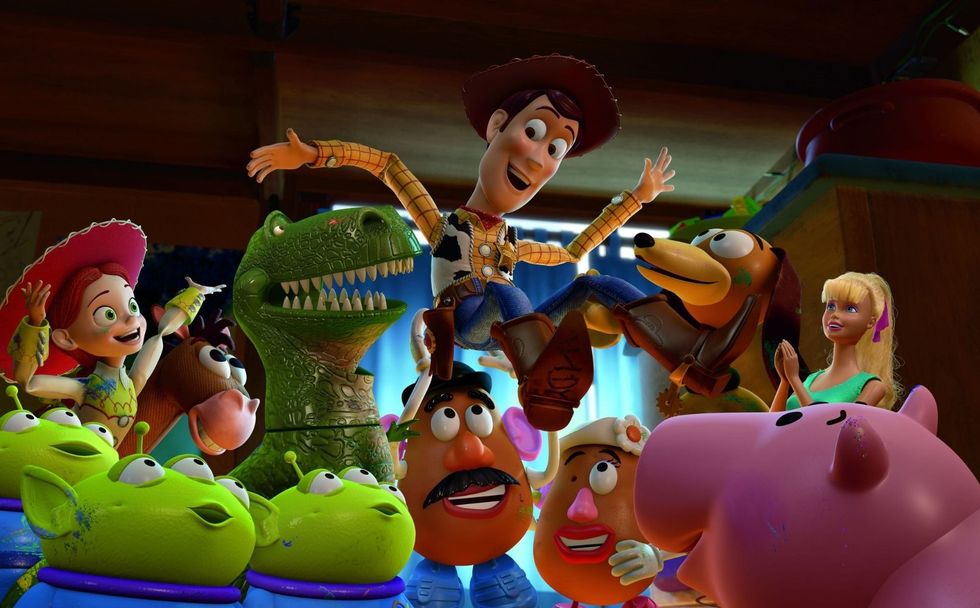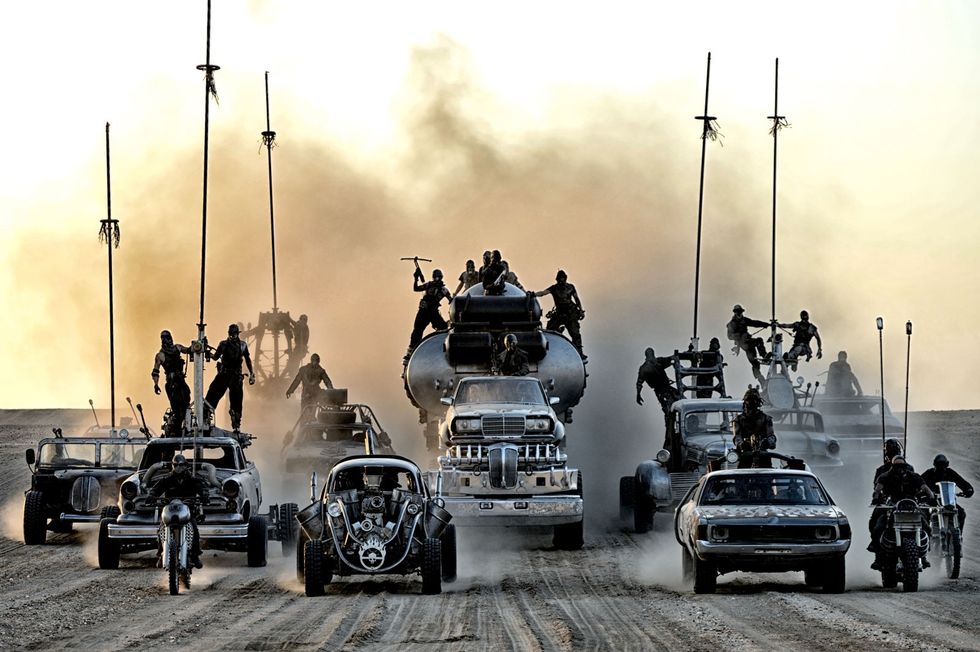How Guillermo Del Toro Conjured Italian Horror Meister Mario Bava in 'Crimson Peak'
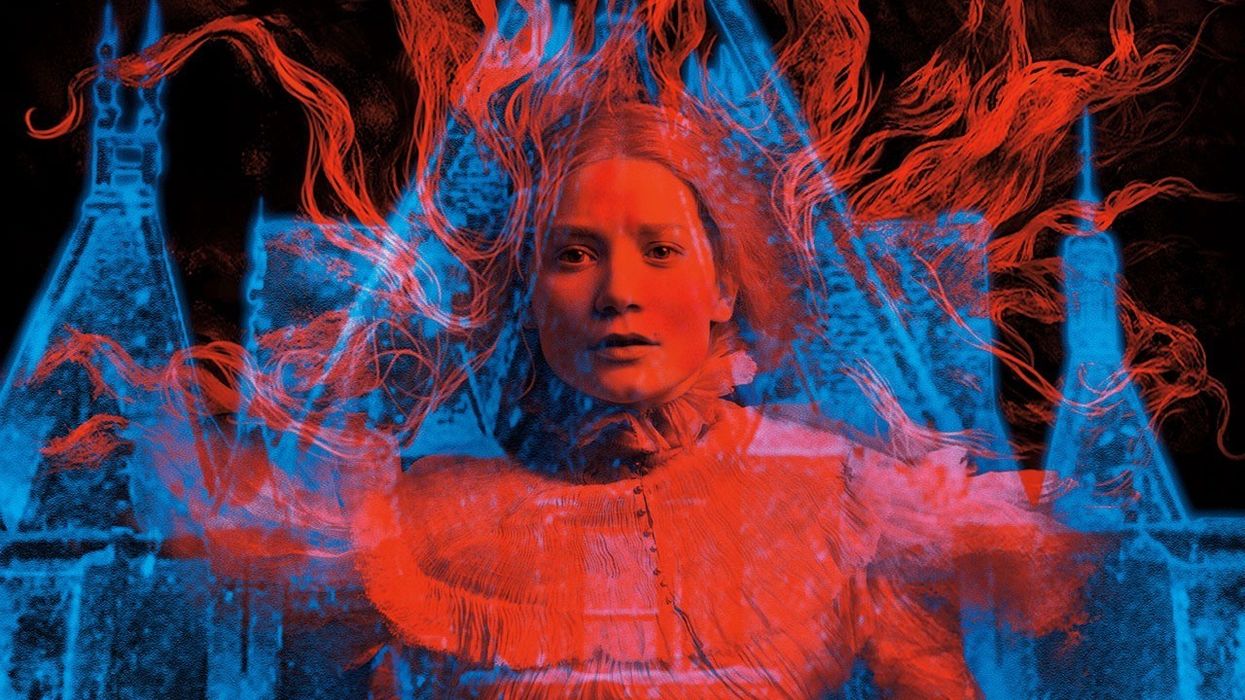
Regardless of whether or not you liked Guillermo del Toro's Crimson Peak, the director's latest foray into the horror genre definitely has a lot to teach students of film. This is especially true when you compare del Toro's work on Crimson Peak to the work of one of Italy's greatest horror filmmakers, Mario Bava.
In yet another excellent video essay from The Film Theorists, we get to see the similarities between Crimson Peak and Bava's work (Black Sunday, Black Sabbath, Kill Baby Kill, etc.), including the narrative uses of contrasting colors, the cinematographic advantages of using sets, and classic ghost storytelling.
Even though it was able to recoup costs, thanks in part to international ticket sales, Crimson Peak hasn't been doing too well domestically at the box office. Maybe it's all due to poor marketing, poor timing, or maybe people are just not into horror period pieces right now. Deadline said it was "too overindulgent, lavish and old fashioned for hard-core horror fans," -- that is, "hard-core horror fans" under the age of 25.
However, if you take a look at del Toro's film through the lens of it being an homage to one of horror cinema's greatest contributors, it certainly changes things a little bit. It may or may not be a "good" movie -- that depends on your taste -- but it can certainly be a good companion piece when studying the work of Mario Bava. (Which you absolutely should.)
I know that when I go see it, I'll be taking note (as I always do) of not only the difference between del Toro's contemporary approach to horror filmmaking versus Bava's approach from the early 60s, but also how horror film conventions change based on the country of origin of the director.
Source: The Film Theorists
